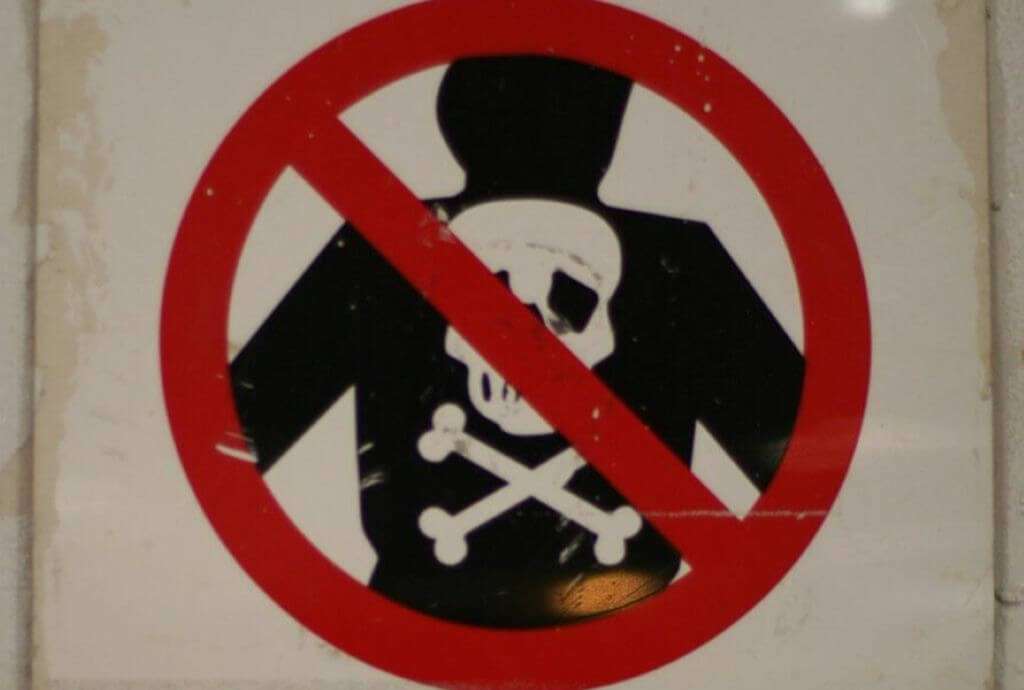In brief
- New Zealand’s school immunisation programme appears to use behavioural science to influence parental medical decisions.
- The vaccine itself is not the issue. But the process used to obtain consent relies on behavioural design that borders on coercion while presenting itself as choice.
- An in-class video primes students, followed by a form that subtly pressures disclosure.
- Refusing still requires full personal and medical details.
- Only at the final step is “optional” introduced, buried under reasons for declining.
- Every response is recorded, categorised, and may trigger a follow-up.
Where’s the line between health service and soft coercion?
New Zealand’s Year 7 immunisation programme uses behavioural science tactics, common to “nudge theory”, to influence parental decisions around consent and personal medical disclosure.
The programme invites parents to make a choice about the Boostrix vaccine (a tetanus, diphtheria, and whooping cough booster).
Parents are given an initial information sheet explaining the process. They are told that students will watch a video in class about Boostrix, and then parents are primed with several possible responses, including:
- You wish your child to be vaccinated at school
- You will take your child to the family doctor or another health provider to be vaccinated
- Your child has already received these vaccinations from their GP
- You do not wish your child to be vaccinated
Notably, in this original explainer, the options denoting refusal of the vaccine are presented as expected facts to be conveyed. There’s no mention that you can opt out of giving that information. But on the actual form sent home with the students, these same reasons appear under Section B, labelled “Reasons for declining immunisation (optional).”
It’s the first and only time the word “optional” appears.
However, refusal still demands full disclosure. Parents must provide their child’s personal details, ethnicity, medical provider, and contact information. The concluding line of the form advises: “The vaccinator may contact you if they have any questions about the information you have provided in this form.”
The structure implies that declining is not a private decision but a data point to be tracked, recorded, and possibly requiring explanation.
Nudge theory in action, again
This isn’t about whether Boostrix is safe or not. Generally, it appears well tolerated. The point is how the choice is presented. Decisions around its use are personal medical choices for families.
We are, however, drawing attention to the form’s structure, which borrows heavily from “nudge theory,” a behavioural science tactic used extensively during the COVID era.
Popularised by governments worldwide (including New Zealand), nudge theory works by shaping how options are presented to increase the likelihood of a desired outcome, without outright mandates.
In this case, the “desired outcome” is high vaccine uptake and a full behavioural dataset. The system appears to be designed around the EAST framework:
- Easy: Saying yes is frictionless. Saying no isn’t
- Attractive: The classroom video makes vaccination feel like the right choice
- Social: Friends and teachers all model acceptance
- Timely: The form follows immediately—before objections set in
What is, formally, a choice is more like a funnel with subtle pressure applied through form design, classroom messaging, and institutional follow-up.
While consent appears optional, disclosure is not. The form demands personal and medical details even when declining, blurring the line between opting out and opting in to surveillance.
Each response effectively categorises families as compliant, hesitant, resistant, or outside the system altogether.
Dissecting the behavioural science of the video
This video, shown to the students, is a textbook case of behavioural conditioning, framing immunisation as safe, cool, moral, and normal.
By the time the form reaches home, most children have been socially and emotionally primed to expect vaccination, and parents are nudged toward compliance, not neutral decision-making.
For some, the video borders on tokenism, leaning into gender and racial stereotypes. Duane plays the hesitant Māori boy, afraid of needles, who needs convincing. Hinetaapora is a knowledgeable and calm girl. The dynamics reinforce who should be persuadable and who does the persuading. This isn’t just aesthetic. When official messaging leans heavily on familiar cultural figures, it boosts emotional trust and lowers resistance, a known tactic in behavioural influence.
Their friendly nudging mimics natural peer pressure, with the message clear: smart, likeable kids get the shot. Herd immunity is reframed as a moral duty: The video urges students not to get vaccinated just for themselves, but “for everybody.”
Only at the very end is refusal mentioned, and even then only as a procedural option, not a valid personal or philosophical choice.
The video is upbeat and informal, but the result blends medical messaging with soft pressure, moral framing and cultural performance, all designed to steer students and families toward one acceptable outcome. This is classic nudge theory in action.
With every path leading to tracking, this could concern anyone who values medical privacy, parental autonomy, or is wary of how post-COVID behavioural frameworks are creeping into everyday systems.



















